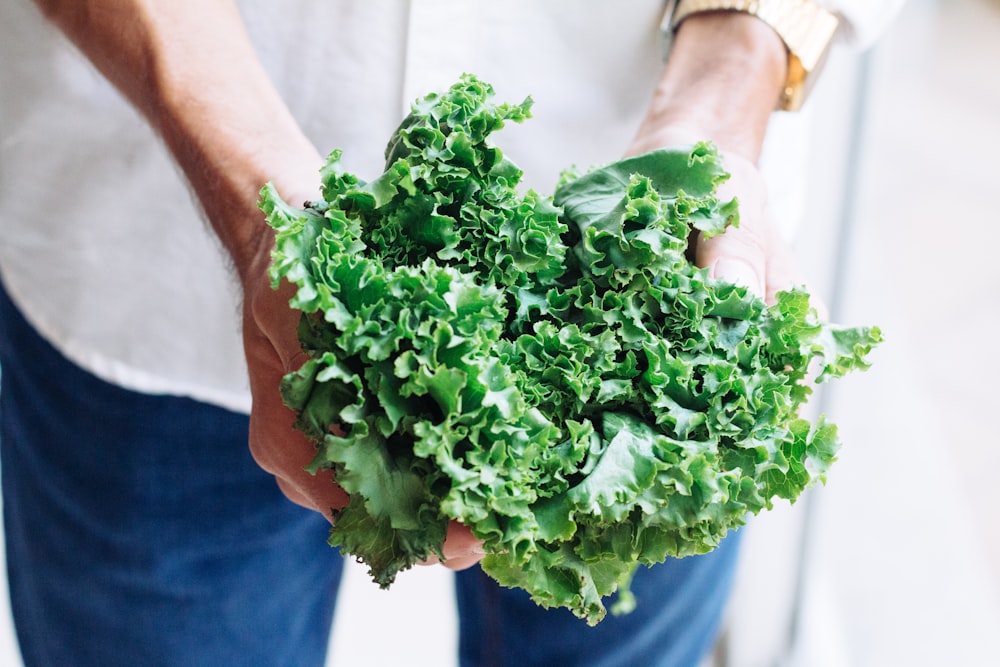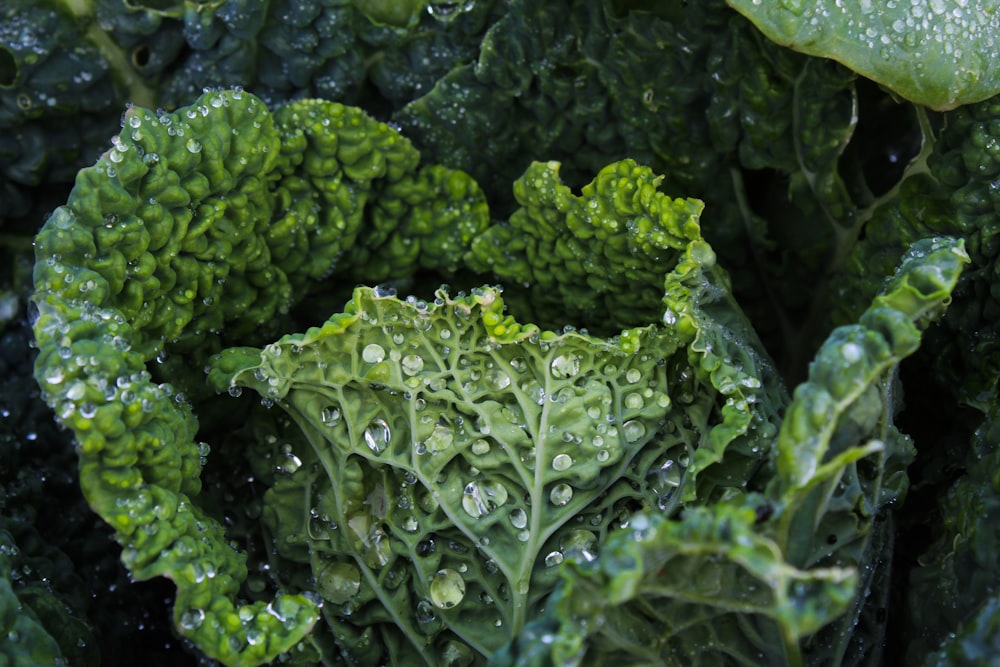Are cranberries low FODMAP? The answer to this question is a little complicated. Cranberries are a fruit that is often used in recipes around the holidays. They are also known for their health benefits, including being a good source of antioxidants and vitamin C. However, some people with digestive problems find that they are not able to eat cranberries because they are high in FODMAPs.
Cranberries are a type of fruit that is native to North America. They are small, red berries that grow on low-lying shrubs. Cranberries have a tart, acidic taste and are often used in sauces, jams, and pies. They are also a popular ingredient in many types of drinks, including juices, cocktails, and even wine. Cranberries are a good source of vitamins C and E, as well as fibre. While they are generally safe for most people to eat, there is some debate about whether cranberries are low FODMAP.

The main concern with cranberries is the presence of sorbitol, which is a type of sugar alcohol that can cause digestive issues in some people. However, the amount of sorbitol in cranberries is generally considered to be low, and most people can tolerate them without any problems. There is also some evidence to suggest that cranberries may help to prevent urinary tract infections, making them good food to eat for overall health.
What Are FODMAPs
FODMAPs are a group of short-chain carbohydrates that are poorly absorbed in the small intestine. This can lead to gas, bloating, and other gastrointestinal symptoms in some people. FODMAPs are found in a variety of common foods, including wheat, onions, garlic, and dairy. While most people can tolerate small amounts of FODMAPs without any problems, those with irritable bowel syndrome or other GI disorders may need to avoid them altogether.
A low-FODMAP diet can be difficult to follow, but doing so can help to reduce or eliminate gastrointestinal symptoms. If you think you might have a sensitivity to FODMAPs, talk to your doctor or a registered dietitian to see if a low-FODMAP diet is right for you.
Benefits Of Cranberries?
Cranberries are a good source of antioxidants and vitamin C. They are also known for their ability to help prevent urinary tract infections, improve cardiovascular health, and reduce the risk of some types of cancer. Additionally, cranberries can help to reduce inflammation and protect the stomach from ulcers.
While more research is needed to confirm all of these health benefits, there is no doubt that cranberries are a nutritious fruit with many potential health benefits. If you are looking for a way to add more cranberries to your diet, try adding them to your morning oatmeal or baking them into muffins or quick bread. You can also find dried cranberries in many supermarkets – just be sure to check the label to make sure they are unsweetened.
If you are concerned about the FODMAP content of cranberries, there are a few ways to cook with them that can help to reduce their impact on your digestive system. One option is to cook them in water before adding them to a recipe. This can help to leach out some FODMAPs, making them easier to digest. Additionally, you can puree cranberries and add them to recipes as a way to get the flavour without the whole fruit. Finally, it’s important to remember that everyone tolerates FODMAPs differently, so don’t be afraid to experiment with different ways of cooking cranberries until you find what works for you.
Recipes That Include Cranberries That Are Low FODMAP Friendly?”
There are a number of recipes that are low FODMAP friendly and include cranberries. Some examples include cranberry sauce, cranberry chutney, cranberry relish, and even Cranberry-Orange Muffins. If you are following a low FODMAP diet, be sure to check the ingredients list of any recipe you are considering to make sure it doesn’t contain any high-FODMAP ingredients. With a little bit of planning, it’s easy to find or adapt recipes to fit your dietary needs.
Cranberry Relish
Cranberry relish is a tart and tangy condiment made from cranberries and other fruits or vegetables. It is typically served as an accompaniment to meat or poultry dishes, but can also be used to top off salads or as a spread. Cranberry relish is relatively easy to make at home, but can also be found in the refrigerated section of most grocery stores. The key ingredient in cranberry relish is, of course, cranberries. These small, red berries are highly acidic and have a sharp, tangy flavour.
In addition to fresh cranberries, most recipes for cranberry relish also call for sugar, orange juice, and chopped apples or pears. This combination of ingredients results in a sweet-tart relish that pairs well with rich meats or fatty cheeses. Cranberry relish can be made ahead of time and refrigerated for up to a week, making it the perfect make-ahead dish for holiday gatherings or potlucks.
Cranberry-Orange Muffins
These festive cranberry-orange muffins are perfect for holiday breakfast or brunch. The cranberries add a tart sweetness, while the orange zest gives them a bright flavour.
To make the muffins, start by zesting an orange and set the zest aside. In a large bowl, whisk together the flour, baking powder, and salt. In a separate bowl, cream together the butter and sugar until light and fluffy. Add the eggs and vanilla extract and mix until well combined. Next, add the orange juice and half of the flour mixture to the wet ingredients and mix until just combined. Add the remaining flour mixture and mix until no streaks of flour remain. Finally, fold in the fresh cranberries and orange zest.

Cranberry Chutney
Cranberry chutney is a tart and tangy condiment made from fresh cranberries. It is typically used as a relish or dipping sauce, but can also be served as a side dish or even used as an ingredient in baked goods. While cranberry chutney can be store-bought, it is also relatively easy to make at home. The most important ingredient is, of course, cranberries. Fresh cranberries should be firm and bright red. Once you have gathered your ingredients, simply cook the cranberries with sugar and spices until they are soft, and the mixture has thickened. Allow the chutney to cool before serving, and enjoy!
Cranberry Sauce
Cranberry sauce is a popular dish, typically served during the holiday season. While it can be made with fresh or frozen cranberries, most people opt for the canned variety. But what exactly is in cranberry sauce? And more importantly, is it low FODMAP?
Cranberry sauce is made by cooking cranberries with sugar and water. Some recipes also call for orange juice, spices, or other fruits. Once the cranberries have burst and the mixture has thickened, it is ready to serve. As for the FODMAP content, it depends on the recipe. If made with just cranberries, sugar, and water, cranberry sauce would be low FODMAP. However, if other ingredients are added, such as orange juice or spices, it may be high FODMAP. For example, cloves are a high FODMAP spice that could potentially make cranberry sauce unsuitable for those following a low FODMAP diet.
Related Posts:







































